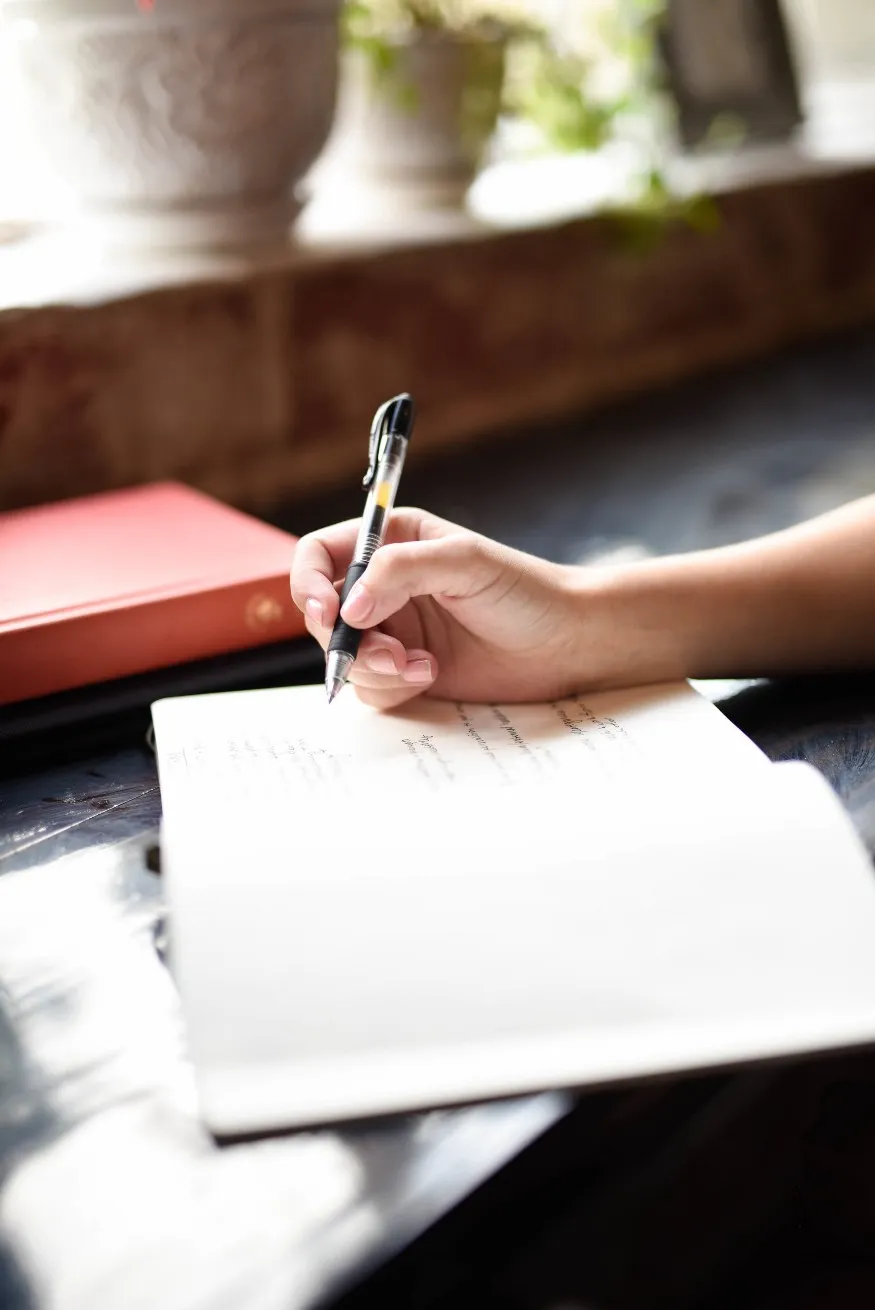url: https://javascript.plainenglish.io/which-type-of-loop-is-fastest-in-javascript-ec834a0f21b9
JavaScript is a new sensation of web development. Not only JS frameworks like NodeJS, React, Angular Vue, etc. But, also vanilla JS has a large fan base. Let's talk about modern JavaScript. Loops have always been a big part of most programming languages. Modern JS gives you lots of ways to iterate or looping over your values.
But question is that do you really know which loop or iterate fits best according to your requirement. There are plenty of options available in for loops, for , for(reverse), for...of , foreach , for...in , for...await . This article will cover one such debate.
Which for loop is faster?
Answer: for (reverse)
The most surprising thing is when I tested it on a local machine I started believing that for (reverse) is the fastest among all the for loops. Let me share one example. Take an array with over 1 million items and execute for a loop.
*Disclaimer: console.time() result accuracy highly depends on your system configuration. Get a closer look at accuracy here.*
const million = 1000000;
const arr = Array(million);
console.time('⏳');
for (let i = arr.length; i > 0; i--) {} // for(reverse) :- 1.5ms
for (let i = 0; i < arr.length; i++) {} // for :- 1.6ms
arr.forEach(v => v) // foreach :- 2.1ms
for (const v of arr) {} // for...of :- 11.7ms
console.timeEnd('⏳');
Reason: Here, forward and reverse for loop take almost the same time. Just a 0.1ms difference is there because for(reverse) calculate a starting variable let i = arr.length only once. While in the forward for loop it checks the condition i < arr.length after every increment of a variable. This slightest difference won't matter, you can ignore it.
On the other half foreach is a method of an array prototype. Compare to normal for loop, foreach and for...of spend more time on iteration in the array.
Types of loop, and where should you use them
1. For loop (forward and reverse)
Maybe everyone is familiar with this loop. You can use for loop, where you need, run a repeated block of code for fix counter times. The traditional for loop is the fastest, so you should always use that right? Not so fast - performance is not the only thing that matters. Code Readability is usually more important, so default to the style that fits your application.
2. forEach
This method accepts a callback function as input parameters and for every element from an array, this callback function executes. Also, foreach the callback function accepts a current value and respective index. foreach also, allow to use this for optional parameters within the callback function.
const things = ['have', 'fun', 'coding'];
const callbackFun = (item, idex) => {
console.log(`${item} - ${index}`);
}
things.foreach(callbackFun);
o/p:- have - 0
fun - 1
coding - 2
Note:- If you use foreach you can't take leverage of short-circuiting in JavaScript. If you don't know about short-circuiting, let me introduce you. When we use a logical operator like AND(&&), OR(||) in JavaScript, It will help us early-terminate and/or skip an iteration of a loop.
3. For…of
The for...of is standardized in ES6(ECMAScript 6). The for...of create a loop iterating on an iterable object like an array, map, set, string, etc. Another plus point of this loop is better readability.
const arr = [3, 5, 7];
const str = 'hello';
for (let i of arr) {
console.log(i); // logs 3, 5, 7
}
for (let i of str) {
console.log(i); // logs 'h', 'e', 'l', 'l', 'o'
}
Note:- Don't reuse for...of on generators, even if for...of is terminated early. After exiting the loop, the generator is turned off, and trying to repeat it again yields no further results.
4. For…in
The for...in iterates a specified variable over all the enumerable properties of an object. For each distinct property, the for...in statement will return the name of your user-defined properties in addition to the numeric indexes.
Therefore, it is better to use a traditional for loop with a numeric index when iterating over arrays. Because the for...in statement iterates over user-defined properties in addition to the array elements, even if you modify the array object (such as adding custom properties or methods).
const details = {firstName: 'john', lastName: 'Doe'};
let fullName = '';
for (let i in details) {
fullName += details[i] + ' '; // fullName: john doe
}
Difference between for..of and for...in
The main difference between for..of and for...in is what they iterate over. The for...in loops iterate over the properties of an object while the for...of loops iterate over the values of an iterable object.
let arr= [4, 5, 6];
for (let i in arr) {
console.log(i); // '0', '1', '2'
}
for (let i of arr) {
console.log(i); // '4', '5', '6'
}
Conclusion
-
for fastest, but poor in readability.
-
foreach fast, control over iteration property.
-
for...of slow, but sweeter.
-
for...in slow, less handy.
In the end, a wise piece of advice for you. Set your priority to readability. When you are developing a complex structure at that time code readability is essential but you should also stay focused on performance. Try to avoid adding unnecessarily extra garnish in your code sometimes it costly for your app performance. Have fun coding.




